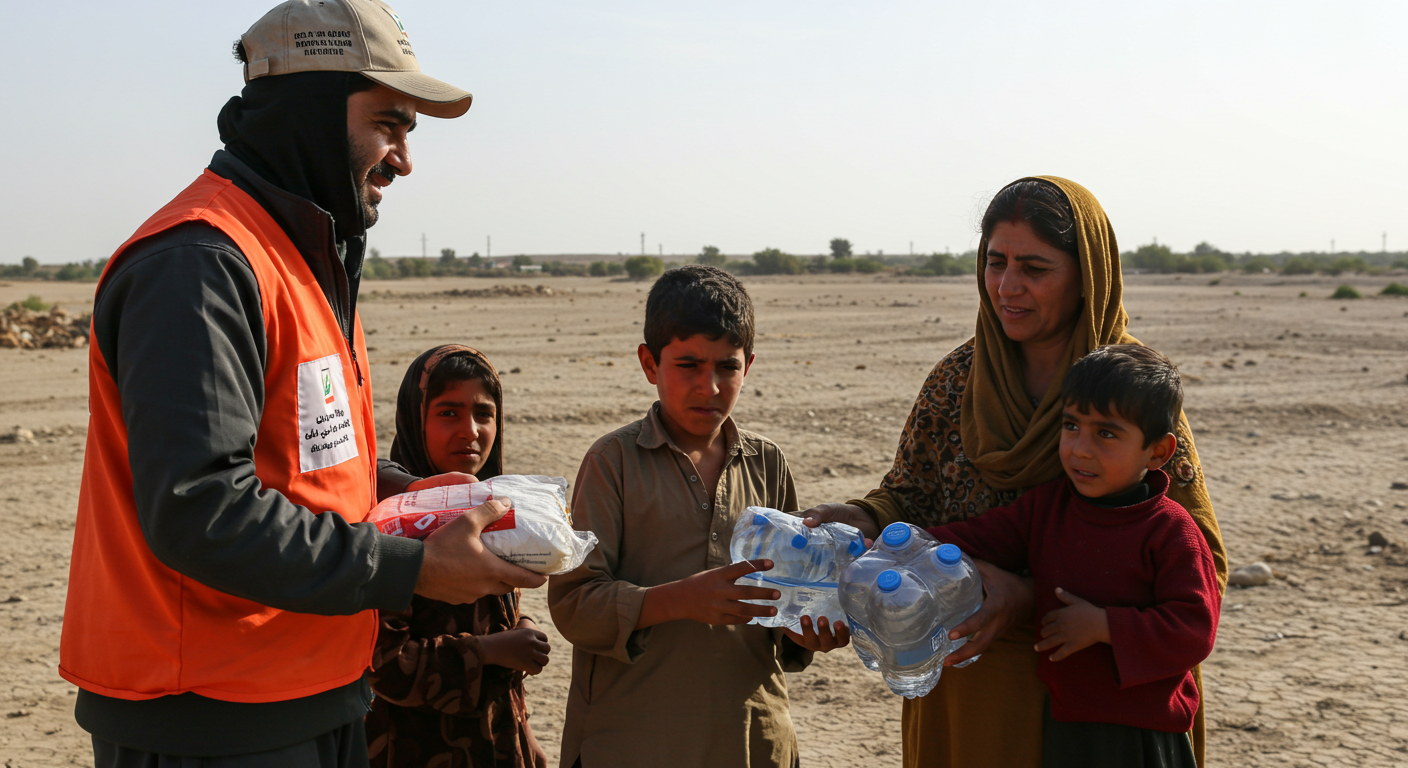Severe Malnutrition Crisis in Balochistan’s Zhob District Threatens Children’s Lives

Date: July 7, 2025
Location: Zhob District, Balochistan
A growing health crisis in Zhob District, located in northeastern Balochistan, is drawing national urgency as malnutrition among children is rising rapidly. Health experts warn that drought, poverty, and limited healthcare access have pushed thousands of families to the brink, with undernourished children suffering life-threatening conditions.
Critical Figures on Child Malnutrition
Recent data from local health centers and NGOs reveal a troubling trend:
- Over 15% of children under five are now classified as severely malnourished, with high-risk wasting and low BMI levels.
- Another 30% of children in this age group are moderately malnourished.
- Stunting rates have exceeded 40%, indicating chronic undernutrition and long-term developmental issues.
This means nearly half the district’s young children are not receiving adequate nutrition for healthy growth and development.
Drought and Poor Agriculture Amplify Crisis
Zhob has endured consecutive years of below-average rainfall, devastating local agriculture. Most families rely on small-scale farming—growing wheat, pulses, and vegetables—for both food and income. With water wells dried and crops failed, many households now lack even the basics.
Local farmer Haroon Baloch laments:
“Our fields have been parched. What little yield we got went straight to feeding livestock. Now, children go hungry.”
As disposable incomes shrink, families often sell off livestock or assets like bicycles or sewing machines, only to find they still struggle to afford food.
Limited Healthcare Access
Healthcare infrastructure in Zhob is extremely limited. Out of its five basic health units (BHUs), only two are fully operational, and there is just one small rural hospital, lacking essential medicines and nutritional supplies.
Malnutrition screenings, which should cover the entire under-five population, are reaching only 60% of the children. Many families live hours away from operational clinics and have no transport.
NGOs Sound the Alarm
Non‑governmental organizations such as Save the Children Pakistan and Balochistan Rural Support Programme (BRSP) are already assisting with emergency nutritional supplements like Ready-to-Use Therapeutic Foods (RUTFs) and vitamins.
A nutrition specialist from Save the Children, Sana Gul, shared the situation:
“We’re seeing children severely underweight with distended bellies and sunken eyes. Without quick help, many may not survive this drought.”
These NGOs are urging the provincial government and international allies to provide 10-to-20-day emergency food rations for families and ensure basic healthcare access now—not next month.
Rising Health Risks and Death Reports
Doctors and local health workers fear a looming spike in infant mortality rates due to malnutrition-related conditions like diarrhea, respiratory infections, and anemia. One health worker, Dr. Nasir Khan, reported several deaths of children under two in the last fortnight alone.
“Without food, medicines, or hydration, a simple fever becomes fatal for these malnourished children,” Dr. Khan explained.
Gastrointestinal illnesses are especially deadly in undernourished children, as they quickly lose essential fluids and nutrients.
Government Must Act Now
Community leaders and NGOs are urging the Balochistan government to take immediate action:
- Launching financial support to help poor families afford basic food and clean water.
- Scaling up mobile health units to reach remote hamlets promptly.
- Reopening and re-staffing closed BHUs with doctors and nutritionists.
- Allocating funds for supplementary feeding programs through schools and clinics.
- Starting a public water project to boost groundwater and improve supply.
Local elder Sardar Mehmood expressed frustration:
“It took us months to receive occasional food packets. Children should not die waiting—action must be swift and clear.”
Long-Term Solutions Required
Experts warn that without long-term investment, this crisis will recur annually. They recommend strategic interventions:
- Build community water reservoirs to sustain farming and livestock during dry seasons.
- Promote drought-resistant crop varieties and farming techniques.
- Train local women as community nutrition workers to support early detection and education.
- Install solar-powered borewells to lower operational costs.
- Establish school feeding programs to address both nutrition and education retention.
Dr. Jamal Mir from a regional university stated:
“Drought will return. We must create a resilient local system—one that combines agriculture, nutrition education, and constant healthcare availability.”
Hope Amid the Hardship
Despite the severity, there are hopeful signs. Some villages are banding together on community kitchens, pooling resources to feed children daily. Local volunteers are actively gathering water and supporting families in need.
Save the Children has also planned summer camps in two villages to provide nutritious meals, hydration, and health checkups for over 300 children each week.
Conclusion
Zhob District’s malnutrition emergency is a distressing reflection of the interconnected crises of climate change, poverty, and infrastructural neglect. Thousands of children are caught in an avoidable disaster—one whose impact will be felt for a generation unless government and NGO bodies intervene urgently.
What starts as hunger today can become stunting and disease for life. The people of Zhob deserve not only emergency response but long-term solutions that build resilience, dignity, and hope.
